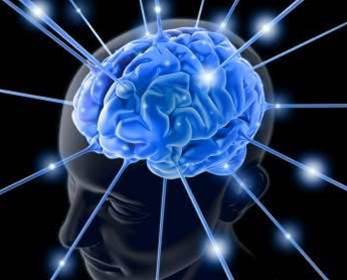ARM wants to put chips in our brains to help battle paralysis and spark recovery from degenerative disorders.

The chip designer has teamed up with the Centre for Sensorimotor Neural Engineering (CNSE) at the University of Washington to develop brain-implantable processors.
The target is neurodegenerative disorders, with the implantable chips helping paralysed people regain movement and eventually recover from a stroke or other brain-related conditions, such as Alzheimer's and Parkinson's diseases.
The chip will capture and decode brain signals, digitising them to be processed and acted on, the organisations said. The aim is to control the body and its muscles via the chip, which they said was "the key to tackling neurodegenerative disease".
The project will design a system-on-a-chip that takes neural signals, translates them into movement, and sends them to a stimulator embedded in the spinal cord.
"This will enable the person to make the desired movements when they want to, effectively overcoming their paralysis," the researchers said.
"In the future, the device will also be able to send information in the reverse direction, allowing the person to once again feel what their hand is touching."
In the future, such systems may help "coax brain neurons to rewire" to help it recover after a stroke.
Naturally, such chips need to be tiny and power efficient, so the research work is starting with the ARM Cortex-M0, the smallest designed by ARM so far.
However, CSNE and ARM will work to shrink them down and improve the power efficiency even more.
“We are very excited to be collaborating with a company like ARM," said Dr Scott Ransom, the CSNE's director of industry relations and innovation.
"ARM's strong expertise in power-efficient microprocessors complements the CSNE's work in computational neuroscience and brain-computer interfacing, and we expect the partnership to lead to advances in not only medical technology but other applications as well, such as consumer electronics.”
Such work is also the target of Elon Musk's latest efforts, after he bought a company working on "neural lace" that will embed sensors in the brain for similar benefits, and to build digtially enhanced superhumans.



.png&h=140&w=231&c=1&s=0)





 iTnews Executive Retreat - Security Leaders Edition
iTnews Executive Retreat - Security Leaders Edition












_(1).jpg&h=140&w=231&c=1&s=0)



